As one of our most powerful senses, sound can change the way we feel, take us back to a trip to our memory lane, and even inspire action. The reason why we are emphasizing so much on sound is because of the emotional connection it allows you to create with your customer. When a customer calls customer care in distress, a soothing voice works great in pacifying the customer.
There’s something magical about sound, it ends up weaving its way into our senses regardless of whether we are actively paying attention to it.
So, how do you find your unique voice? Let’s tune in to the fascinating world of audio production!
-
What is Audio Production?
It is the creation and manipulation of audio to synchronize with moving images. Sometimes, the audio can be without images too like telephone hold messages, radio commercials, or podcasts. During audio production, audio engineers work in different ways to enhance audio quality. This means he or she may create sound effects, new soundtracks, use Foley, ADR, sound editing, audio mixing, etc to make the audio perfect.
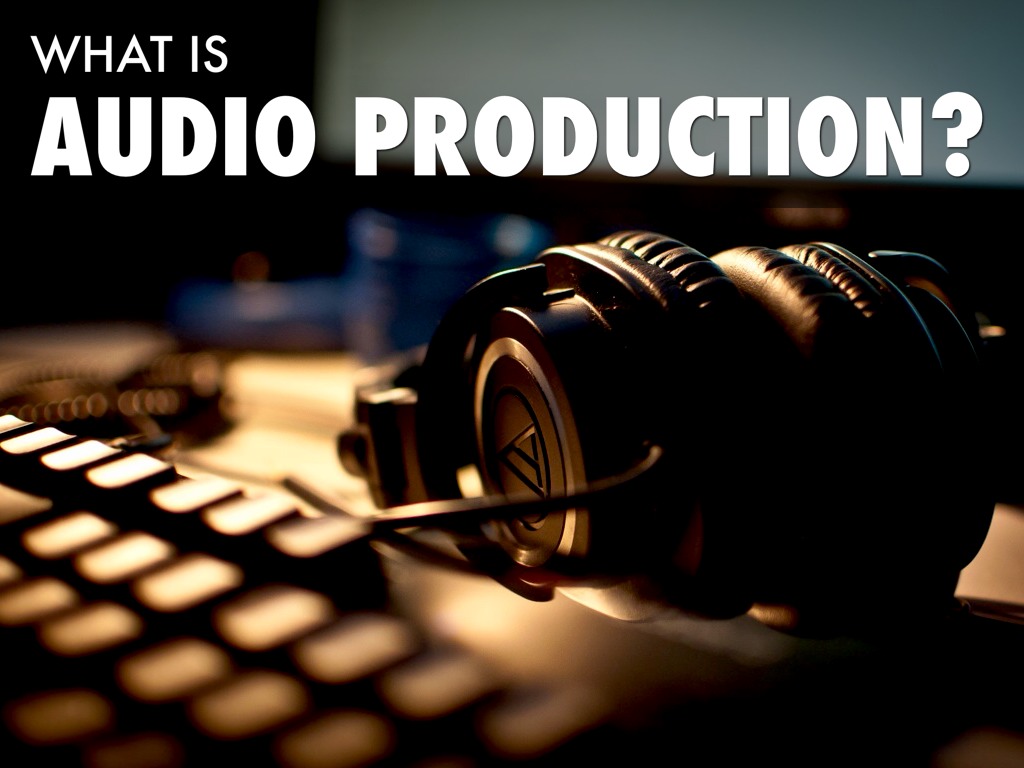
-
What are the Different Types of Audio Services?
If there’s any medium that can engage with people even when a person is engaged in some other task, it’s audio. If used correctly, a lot of content can be delivered to target customers, without even making them realize it. That’s a golden opportunity if you know what we mean!
Let’s look at various types of audio content being used across the media:
2.1 Telephone Hold Message
Delivery of certain important information to the customers while the call is on hold or they are being transferred from one department is a service known as Telephone Hold Message. This service is primarily used by organizations or businesses for marketing and to create brand awareness among the masses.
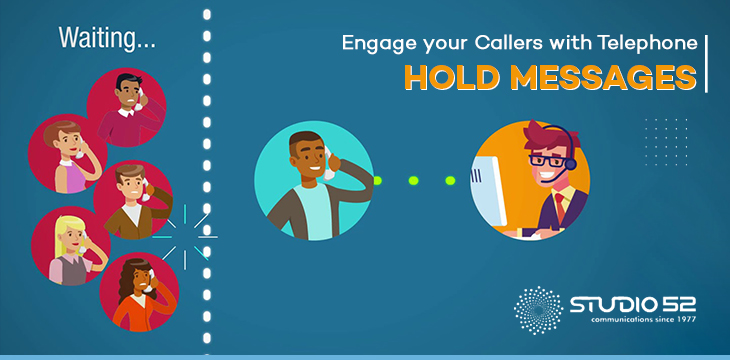
Try saying “thank you for holding, your call is important to us” more than 10 times in 10 seconds. It’s just annoying, isn’t it? Now imagine how would a frustrated caller or a potential caller looking for information react to this message. It’s very likely that he or she would hang up in a much shorter time than intended. To avoid this, you can include some customized audio messages or some soothing music so that the caller doesn’t feel disconnected.
The structure is an integral element of a successful on-hold strategy. Callers respond the most favorably to music and messages that are produced according to a simple pattern, wherein the message is spoken slowly and clearly. To create an optimal on-hold message, music sections should be the same duration, and the spoken messages should also be of equal duration which is relatively the same as the music sections. A perfectly crafted on hold message must have the following ingredients:
- A warm greeting.
- Guide callers to places where they can find their information faster.
- Promote offers and services.
- Educate the audience about your industry.
- Ask for reviews and social shares if satisfied.
- Thank the audience for their time.
On-hold messages must be well-crafted and timed correctly to achieve the desired results. When customers are on the line, you have a direct connection with a highly engaged audience. Use this as an opportunity to share messages that serve both callers and your business. If you are feeling lost and don’t know where to start, it’s best to involve a telephone hold message production company to help you that has the marketing expertise, voice talent, and recording technology you need.
The “on hold” music or the message plays a vital role in your audio branding efforts. Take advantage of it.
2.2 IVR Recording
Interactive Voice Response (IVR) is an automated system that answers incoming calls and gives customers instructions who then respond to said instructions via keypad or voice recognition to speak with an agent or troubleshoot issues.
IVR has been a staple of contact centers for many years and while there are many competitors in the market, it’s still going strong. They’ve been part of contact center solutions for decades, and there’s no reason to believe that they will go away any time soon.
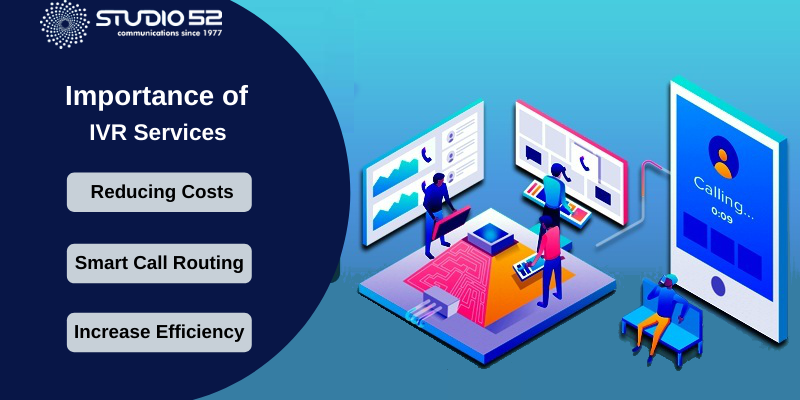
IVR matches with various technologies and is built into DTMF tones. Speech recognition is also compatible with DTMF tones and makes it possible for callers to communicate using their native language when responding to a prompt. Some IVR technologies can recognize caller voices and have in-built artificial intelligence that allows them to provide appropriate answers.
Artificial intelligence for call IVR has started making its way to contact centers, eliminating the need for callers to juggle with long menus. With AI in the picture, IVR can direct callers to the section of the calling center that they need information from, and even directly to live agents that are available at the time. Here are some of the major benefits of using an advanced, multi-level IVR:
- Improve customer service efficiency.
- Delight customers.
- Save a lot of time for everyone.
- Reduce operation costs.
- Improves lead conversion.
- Provides a holistic customer view.
- Improves the relationship between the brand and the customer.
The major benefits of using an advanced, multi-level IVR are that you can increase customer service efficiency, increase overall customer satisfaction, gather the information that you need from the customer, and create a much more efficient workflow.
If your business still doesn’t have an IVR or is badly implemented, you could be missing on a lot of good things. A great IVR service will improve any business in the world. With an experienced IVR service provider such as Studio52 and our professional voice talents and scriptwriters, best-in-class recording equipment, you can design the perfect IVR system.
2.3 Voice Over Artist
Voice over is a production technique that gives radio, television, and other mediums a narrative. The people who give their voice to such narratives are called voice-over artists. Based on your target audience, you can select your voice-over artist to deliver the message in the desired language.
A voice-over artist can change everything in a video because it’s the voice that conveys the message. A great voice-over will, first and foremost, emotionally communicate what your video is about. A professional voice-over actor will be able to add the right tones, as well as the right pauses when required. If the voice-over is uninspiring, boring, and lacking tone, the audience will simply switch off and that will mean you have failed miserably.
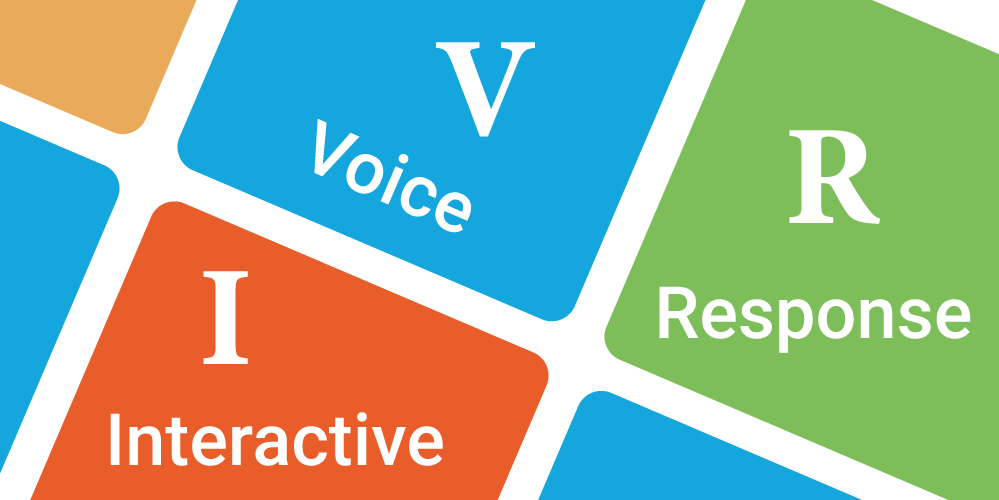
Here are several benefits of hiring a professional voice over artist:
- Voice overs make your otherwise boring content more lively.
- A great voice-over can help to elevate your business above your competition.
- The variations in expressions, accents, and voices make the content more presentable.
- You can localize your content using professional voiceovers.
Professional voice over artist refers to people who understand how the industry works and know what it takes to complete a successful project. Trained voice actors know how to work with a microphone, and they know how to create a lasting impression on your customers. They know how to capture an audience and hold their attention. Using a professional voice-over talent company means you have access to a catalog of trained voice talent. For example at Studio52, we have a pool of groomed, professional, talented, and experienced voice-over artists, who are trained in more than 30 languages.
2.4 Radio Commercial
One of the many facts that continue to make the radio relevant to this day is its easy-to-use feature. You don’t need to be a tech wizard to know how to use it, the radio presents the average individual an opportunity to stay updated on everything. Easy availability and free listening also add to the wide popularity of radio advertising coupled with its long existence.
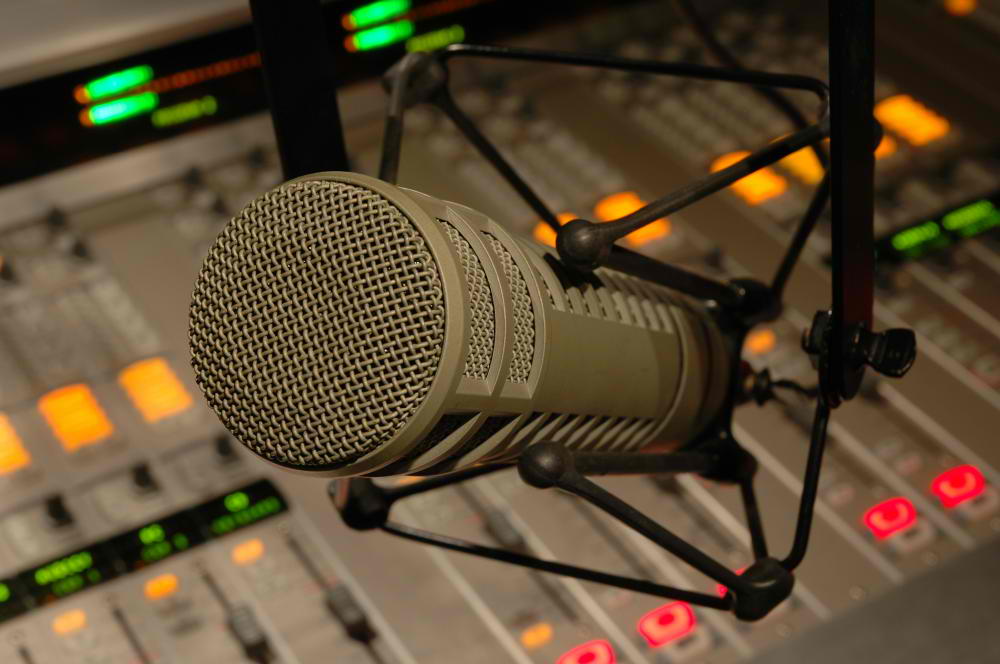
However, due to the arrival of digital advertising, many have begun to jump ship on radio advertising. Although this might seem like the advisable thing to do, statistics show that radio advertising still has great significance. Radios are everywhere, with at least 75% of households in developing countries having access to a radio. In fact, research showed that 92% of Americans still listen to the radio every week. So don’t underestimate the importance of radio in today’s world.
Unlike other mediums, radio is the medium that engages people for the most amount of time, providing ample opportunity for a message to reach its audience. Listeners carry out a wide range of activities while simultaneously listening to the radio. And a number of media surveys over the years have shown that radio listeners are far less likely to “tune out” when ads come on the radio, compared to television.
Below is a list of a few of the benefits that radio commercial can bring to your business:
- Radio allows you to target specific demographics.
- Radio generates higher positive engagement with your ads.
- Radio is the most cost-effective medium to build your brand.
- Radio commercials are less expensive.
- Radio commercials are quicker to produce and adapt according to marketing needs.
- Radio ads cannot be skipped or ignored completely.
Using radio commercials you can easily promote your brand. Especially, small businesses should consider it as a top medium to advertise their product and services. All you need to do is figure the best stations to align your brand with and then pursue opportunities to run your commercials. With over 40 years of recording and sending out radio ads, we can assure you that you could potentially reach an unprecedented number of target customers across different ages and demographics.
2.5 Dubbing
Dubbing is the art of replacing original dialogue in a movie with localized recordings. We estimate that there are around 6500 languages in the world today! But, of course, you cannot dub into all these languages, but there are some major 44 languages that you can dub into.
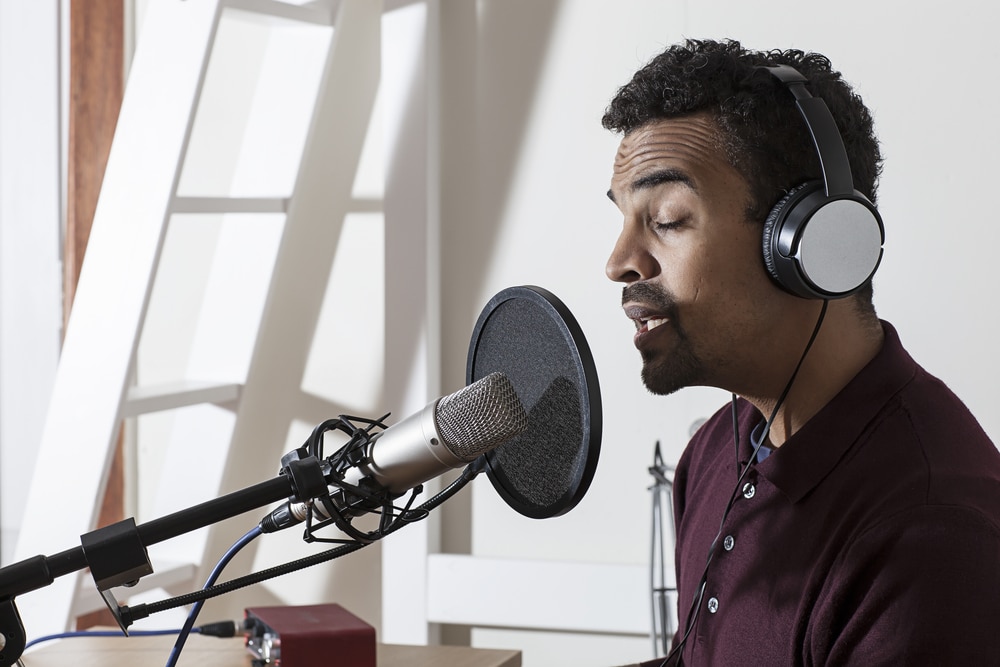
When it comes to multilingual video content nothing can match the effectiveness of dubbing, especially if you want to make your multimedia content accessible to everyone. Dubbing is a post-production method that includes various stages like script adaptation, directing, casting, mixing, and recording. There can be different types of dubbing like film, educational, documentaries, ads, Tv shows, games, and more. Most audio production service providers like Studio52, deliver a one-stop solution to clients when it comes to dubbing.
Multilingual dubbing is used for many projects, for example, voice recordings for answering machines, voice-overs for company presentations on YouTube, or recordings for e-learning, audiobooks, or training projects. A professional voice-over artist would always provide a flawless voice recording. They should have clear diction, and must also make sure that they adapt the recording so that the message of the original version is conveyed convincingly.
Here are few benefits that dubbing provides to your digital content:
- Localize your market outreach.
- Dubbing gives a voice to the character that people can relate to.
- Dubbing in the language of your target audience generates more authenticity.
- You can dub in any language and for any age group.
- It’s easier to connect with your target audience with a dubbed audio.
It goes without saying that the respective information must be interpreted and conveyed in a linguistically correct manner in every aspect to represent the brand image of a company or product.
-
What is the Process of Audio Production?
Great audio isn’t just important, but necessary to keep an audience interested and engaged. Muddy, muffled, or garbled audio tracks are frustrating. High-quality audio is essential in creating a product or delivering a service that’s professional. In turn, this will lead to more clients, more sales, more downloads, or more views.
Whether you are recording for IVR, on-hold message, podcast, dubbing, radio commercials, or dubbing, the production process is usually the same. Let’s take a look at the audio production in detail.
3.1 Pre-production
One of the best ways to make sure that the recording process will go smoothly for the creation of your audio projects, be it an IVR prompt, On Hold Messages, or any number of other voice recording forms, is to take the time to thoroughly review and format your script before submitting it for recording.
As a first step, we review each and every script before sending them out to be voiced. In our 4 decades of audio production, we have had customers cost themselves entire days as their scripts had to be drastically overhauled and rewritten and then checked over thoroughly once again.
3.2 Production
After perfecting the script comes the next stage of audio production i.e. the production stage. Our production team specializes in delivering seamless production of voice prompts and creating a natural sound. Our sound engineers coach the voice-over narrators during the recording process to ensure fluent speech and clarity throughout the process.
3.3 Post-production
The last step is called post-production. This is where we often test different combinations of the voiceover narration before we begin converting and mastering the audio into the file format you need. At this stage, our expert audio engineers will help enhance the voice track to provide the best quality possible.
So, there you have it, all the information about audio production to get started! Hope this helps you understand the importance of sound and employ a more unified voice approach to your business.
Source: https://studio52.tv/blog/audio-production-everything-you-need-to-know-to-get-started/


